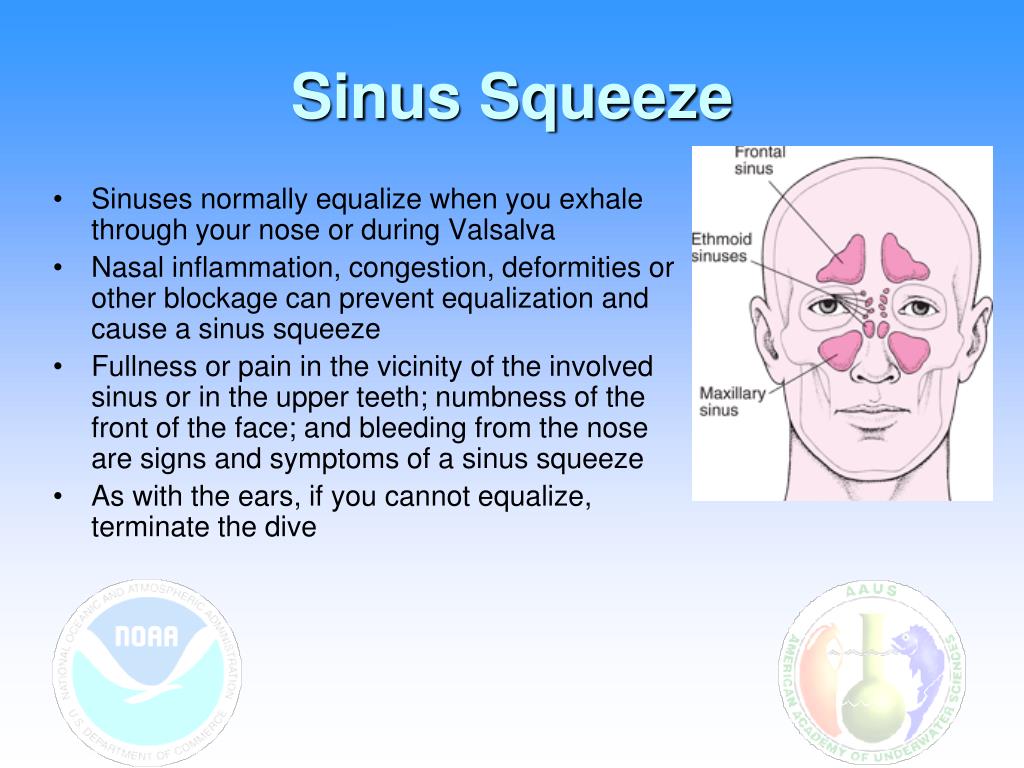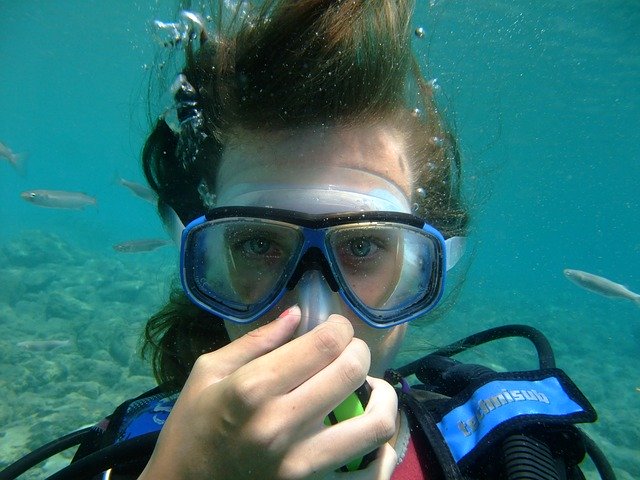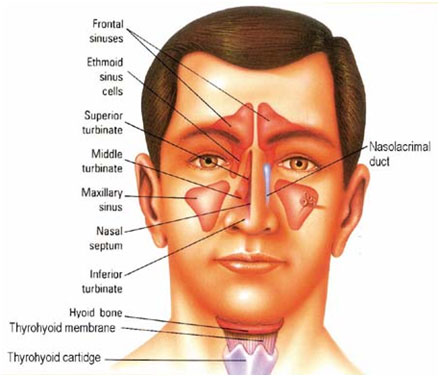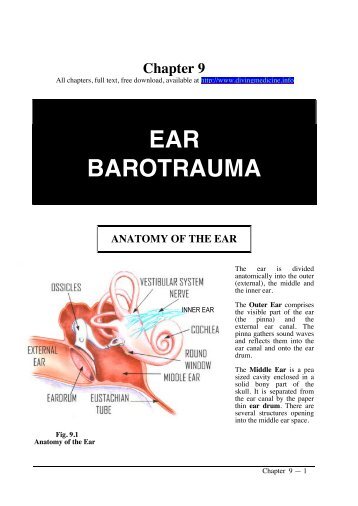

Staying elevated can help you breathe more comfortably. While you sleep, prop yourself up with a couple of pillows. Get plenty of rest to help your body fight infection and speed up recovery. Avoid caffeinated or alcoholic beverages, which can cause dehydration. Drink a lot of fluids-water and/or juice-to help thin your mucus. Other nasal sprays, like fluticasone, are more effective the longer you use them. If you exceed three days, you will get "rebound" or worse nasalĬongestion. Some sprays, like Afrin ®, can only be used for a maximum of three days.

Use an over-the-counter nasal decongestant spray that contains salt water to help keep your nasal passages moist, unblock congestion and treat inflammation. I have patients who swear by Neti pots and use them daily or weekly to keep their sinuses flowing well. Nasal irrigation using the Neti pot has been a tried-and-true sinus treatment method for centuries. Use a Neti pot, a therapy that uses a salt and water solution, to flush your nasal passages. Treatments to help ease your sinus pain and inflammation to get rid of your sinus infection faster. What to do for sinus pressure and pain at home Most sinus infections will resolve themselves in seven to 10 days, just by taking care of yourself at home. You suspect that you may have a sinus infection, or sinusitis. Antibiotic coverage has traditionally included agents in the penicillin or cephalosporin classes.The pressure is building in your forehead, your nose is running, and you just don't feel good. The treatment in such cases is careful observation and prophylactic antibiotics for meningitis. Pneumocephalus is a serious clinical diagnosis in such cases. If blockage of a sinus ostium does occur during descent, the subsequent ascent can lead to intrasinus volume expansion and a resulting pressure differential that may be sufficient to rupture the sinus. Common symptoms include a headache, epistaxis, and localized sinus pain. The frontal sinus is most commonly affected due to the relatively long and tortuous nature of its duct. This can cause a blockage of the sinus ostia, trapping fluid in the sinus cavity, and ultimately increasing intrasinus pressure. During the descent, increases in ambient pressure can lead to mucosal engorgement and edema.

The most common disorder seen among divers is ear barotrauma. Sinus squeeze is the second most common complication occurring with underwater diving. Sinus squeeze may result in a bloody nose due to pressure induced vascular damage. During the descent, the relative negative-pressure environment in the center of the sinus draws fluid from mucosal capillaries with resultant mucosal edema and pain.

During ascent the volume of air in the sinus wants to expand but is not allowed to, resulting in painful compression of the sinus mucosa. Should these ostia and the sinus outlet be blocked, an equilibrium will not occur, and sinus mucosal damage and symptoms ensue. These changes in sinus pressure and volume are compensated for with the nasal passage via small openings termed ostia. Conversely, when a patient descends at a constant temperature, the atmospheric pressure increases and the volume in the paranasal sinuses creates a relatively negative pressure environment. The air within the paranasal sinuses is subject to Boyle's law which states at a constant temperature, the volume of gas is inversely proportional to the pressure of the gas. When an individual ascends at a constant temperature, the atmospheric pressure is reduced, and the air within the nasal passage and paranasal sinuses wants to expand. In the case of a blocked ostium, however, this sinus air isn't allowed to expand leading to pain and mucosal damage.


 0 kommentar(er)
0 kommentar(er)
